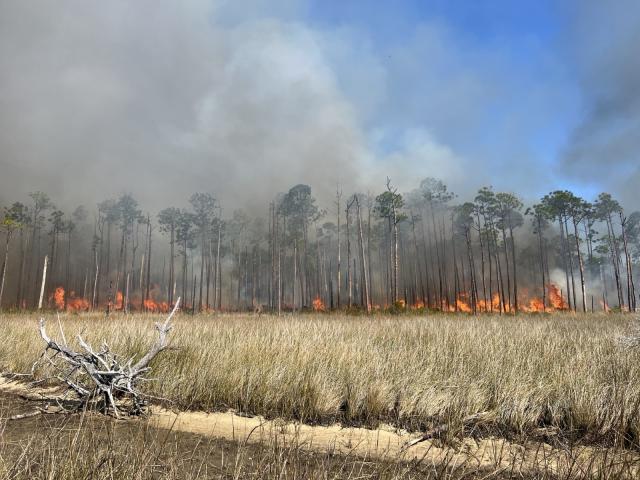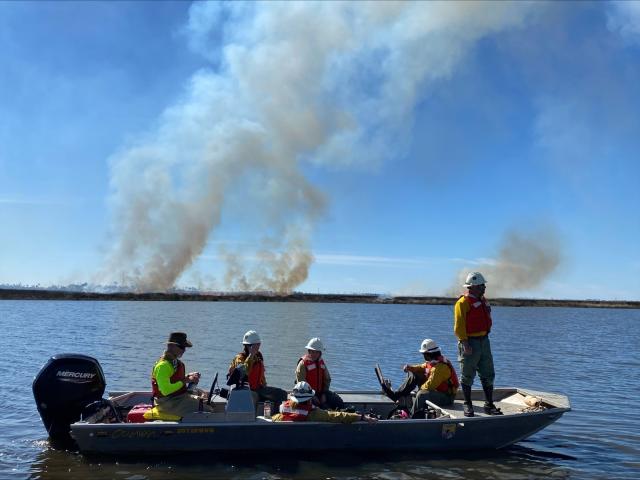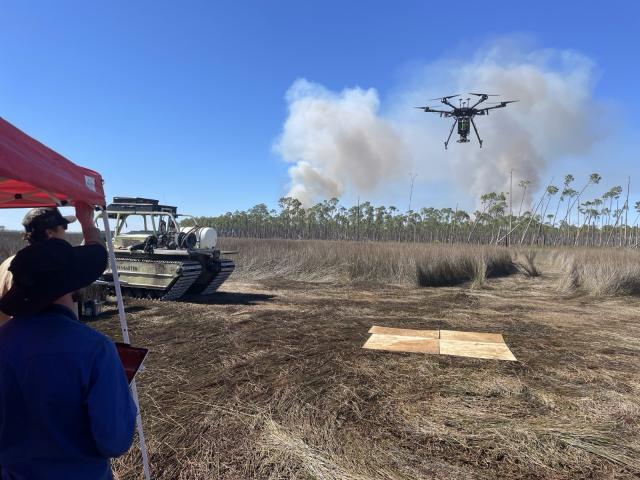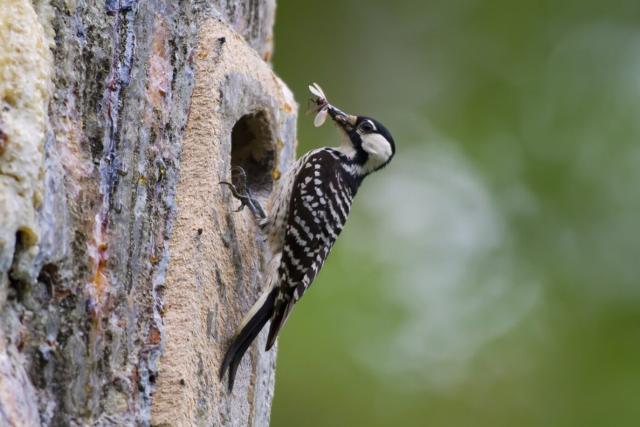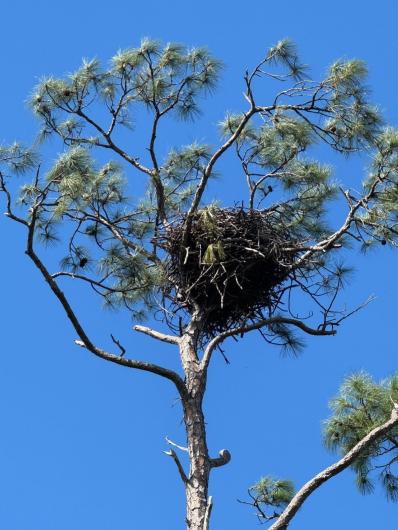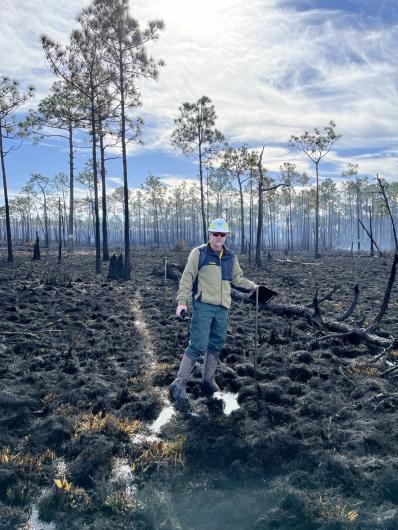Related Stories
- Celebrating Winter Solstice 2025 at the Meadowood SRMA
- Take a First Day Hike on Your Public Lands
- BLM Fire Team brings Smokey Bear to Kingman’s Street of Lights
- Rural wildland firefighting partners grateful for BLM gift
- BLM hosts fire investigation training course to strengthen wildland fire investigation capacity across Arizona and the West
Office
5275 Leesburg Pike
Falls Church, VA 22041
United States

